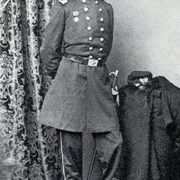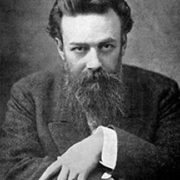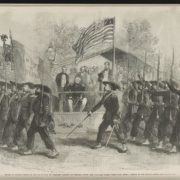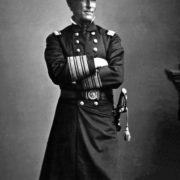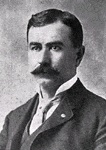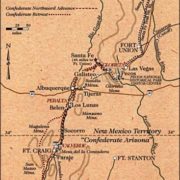Julius Peter Garesché, Union Army Officer 1862
During the heat of the Battle of Stones River in Tennessee, Cuban born officer and Union patriot Julius Peter Garesché was killed by cannon fire on December 31, 1862. Garesché graduated from West Point Military Academy, and served with distinction during the Mexican American War. A devout Christian and Catholic, he organized a charitable society in the state of New York to assist the poor and disadvantaged. For this work, he was awarded the decoration of a Knight of St. Sylvester by the Catholic Pope. During the American Civil War, Garesché again served his homeland at a lieutenant colonel in the Union Army, until he was killed in action at age 41.
Durante el calor de la Batalla de Stones River en Tennessee, el oficial cubano nacido y patriota de la Unión Julius Peter Garesché fue asesinado por fuego de cañón el 31 de diciembre de 1862. Garesché se graduó de la Academia Militar de West Point y sirvió con distinción durante la Guerra México-Americana. Cristiano devoto y católico, organizó una sociedad caritativa en el estado de Nueva York para ayudar a los pobres y desfavorecidos. Por este trabajo, el Papa católico le otorgó la condecoración de un Caballero de San Silvestre. Durante la Guerra Civil estadounidense, Garesché volvió a servir a su tierra natal en un teniente coronel en el Ejército de la Unión, hasta que murió en acción a los 41 años.

